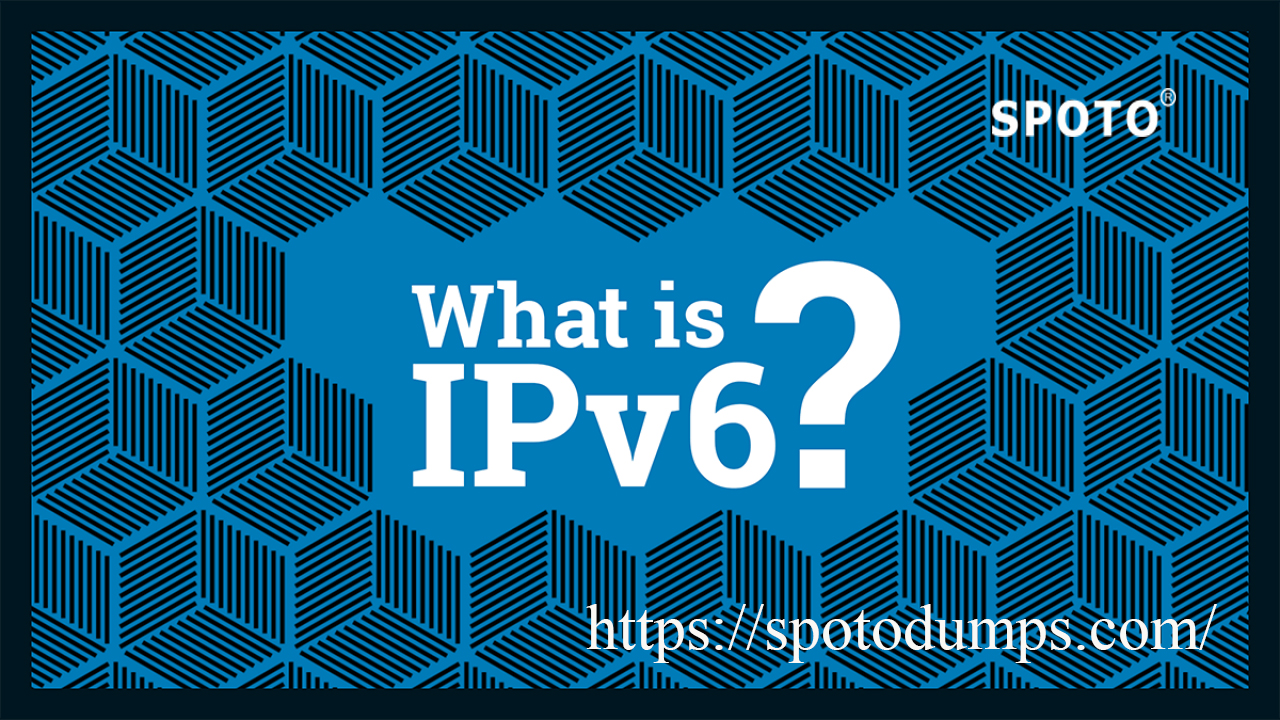Since 1998, IPv6 has been working to address the problem of insufficient IP addresses available to Ipv4, and despite its efficiency and security advantages, it has been slow.
Most of the time, the dreaded warning about internet address exhaustion has stopped because slowly but surely, migration has begun from Internet protocol version 4(IPv4) to IPv6, and software that prevents address revelation has been installed in the prediction.
But before understanding the status and direction of IPv6, let’s go back to the early days of Internet addressing.
What is IPv6, and why is it important?
IPv6 is the latest version of the Internet protocol, which can identify devices on the Internet for positioning. Each device using the Internet is placed through its IP address so that Internet communication can proceed normally. In this regard, it is like the street address and postal code required for mailing letters.
Previous versions of IPv4 used 32-bit addressing schemes to support 4.3 billion devices, which is enough. But the growth of the Internet, personal computers, smartphones, and now the Internet of things devices proves that the world needs more addresses.
Fortunately, the Internet Engineering Task Force (IETF) recognized this 20 years ago. In 1998 it created IPv6, which instead uses 128-bit addressing to support approximately 340 trillion (or 2 to the 128th power, if you like). Instead of the IPv4 address method of four sets of one- to three-digit numbers, IPv6 uses eight groups of four hexadecimal digits, separated by colons.
What are the benefits of IPv6?
IETF include IPv6 enhancement in its work compared to IPv4. IPv6 protocol can process packets more effectively, improve performance, and improve security. It allows Internet service providers to reduce the size of their routing tables by raising their hierarchy.
SPOTO CCNA 200-301 Practice Questions Explanation Video–IPV6 Technologies
SPOTO announced some tutorial videos to support all candidates to learn. our IT professionals will give some explanation in the exam dumps questions. if you are interested in that, and we will update the videos regularly. The first video introduces the IPV6, and you can watch it!
Want to Get 100% Real exam dumps, contact us!
Network address translation (NAT) and IPv6
The partial delay in adopting the IPv6 is due to the network address conversion (NAT), which converts the private IP address to. Thus, a company computer with a dedicated IP address can either send or receive packets to a computer with a shared IP address outside the reliable network.
Large companies with thousands or tens of thousands of computers without NAT would devour large numbers of public IPv4 addresses if they wanted to communicate with the outside world. But these IPv4 addresses are limited and are close to exhaustion.
NAT help alleviates the problem. Using NAT machines such as firewalls or routers, NAT can provide thousands of privately addressed computers to the public Internet.
NAT works because when a company computer with a private IP address sends a packet to a public IP address outside the company network, it first reaches the NAT device. NAT recorded the source and destination addresses of the boxes in the conversion table.
NAT changes the packet’s source address to the NAT device’s public discourse and sends it to the external target. When the packet replies, NAT converts the target address to the computer’s dedicated IP address initiating the communication. It can be done so that a single public IP address can represent multiple privately addressed computers.
To sum up, IPV6 is a vital part of the CCNA exam. if you want to take the CCNA exam in the future, and you must master the IPV6 technologies. we will update other technologies for you.


Comments